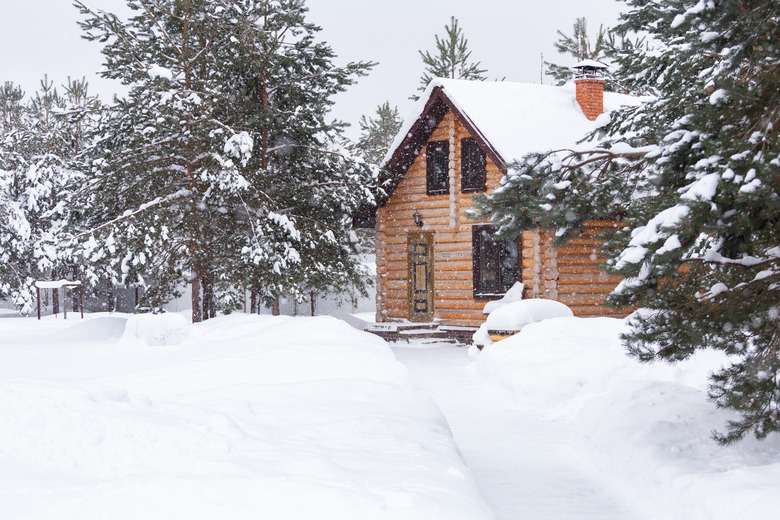Instructions For Shutting Down A Well Water Pump For Winter
We may receive a commission on purchases made from links.
Winterizing a well water pump or any outdoor system with a water pump is a vital step in keeping the pump in functioning condition come spring. If you have a deep well and the water pump is installed below the frost line, then winterizing may not be necessary. However, if your pump is above ground or above the frost line, then it most certainly needs to be winterized to prevent damage. This is important because when water freezes, it expands. If it expands in the pump or pipes, it could destroy the mechanics of the pump, rendering it useless for the next season.
Winterizing a Well Water Pump
Winterizing a Well Water Pump
The first step in shutting down your pump for the winter is to disconnect its power source. Unplug the pump or turn off the circuit breaker on the pump's circuit. You do not want the pump to potentially begin functioning with air in the lines, as this can damage the system. Turn on a faucet to empty the system of any remaining water. This will relieve pressure in the water lines, which will protect them in winter.
Locate the drain plug on your pump and open or remove it to empty the pump of any water it is retaining. If the water pump has a fill plug, open or remove it as well to empty more water. Remove the intake and suction pipes attached to the well pump and let everything drain completely. If there is still residual water remaining in the pump, you can blow it out with an air compressor.
Using Well Pump Antifreeze
Using Well Pump Antifreeze
If the water cannot be completely removed from the pump, the pump must be filled with antifreeze. The most important thing to remember is that a typical antifreeze such as that used in cars or other machinery cannot be used. You must use a nontoxic, food-grade antifreeze since it will be sitting in the pump and eventually evacuated through the water lines. If any basic antifreeze is used, it may poison the water you plan on using for cooking or drinking once you de-winterize the system.
Food-grade propylene glycol is the most often used antifreeze for this type of situation. When filling the pump with the antifreeze, reinstall the drain plugs that were removed when emptying the water so the propylene glycol remains inside the pump. The pump is now ready to be stored for winter without risk of damage.
